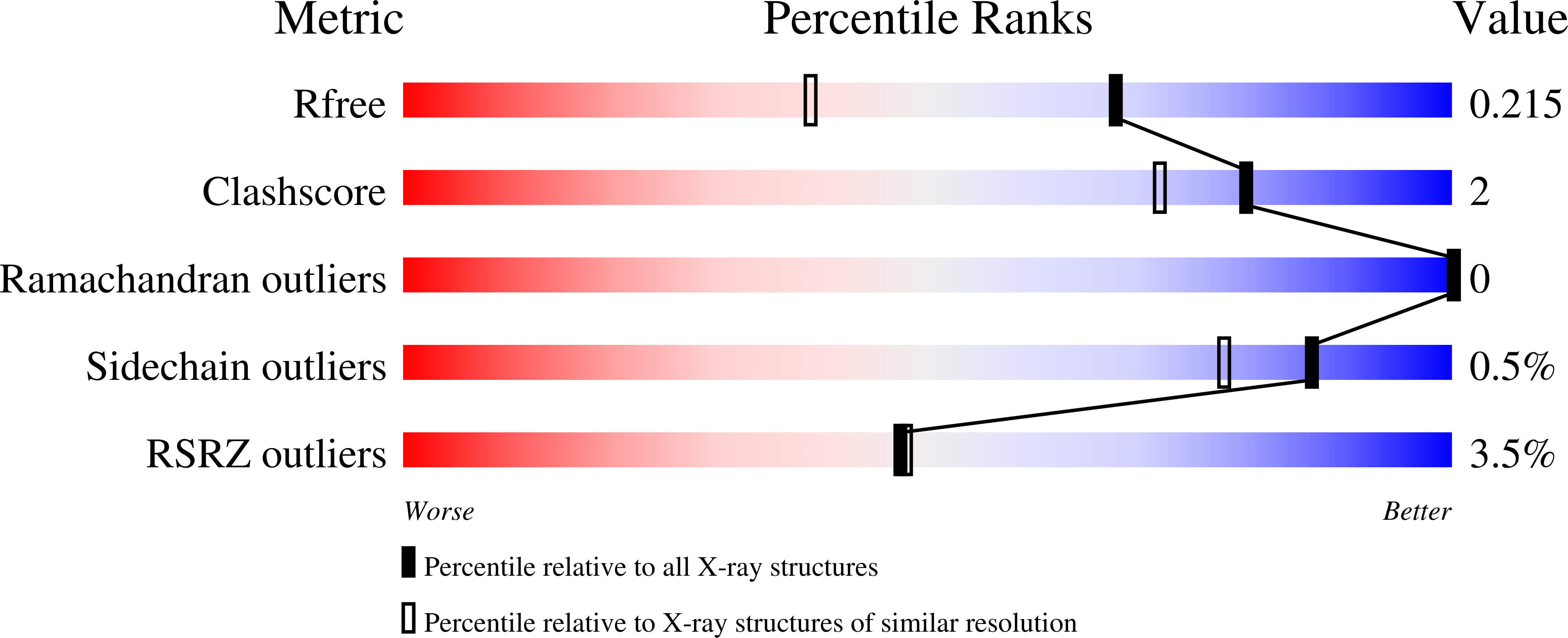
Deposition Date
2024-02-21
Release Date
2024-09-18
Last Version Date
2024-10-09
Method Details:
Experimental Method:
Resolution:
1.60 Å
R-Value Free:
0.20
R-Value Work:
0.17
R-Value Observed:
0.17
Space Group:
C 1 2 1


